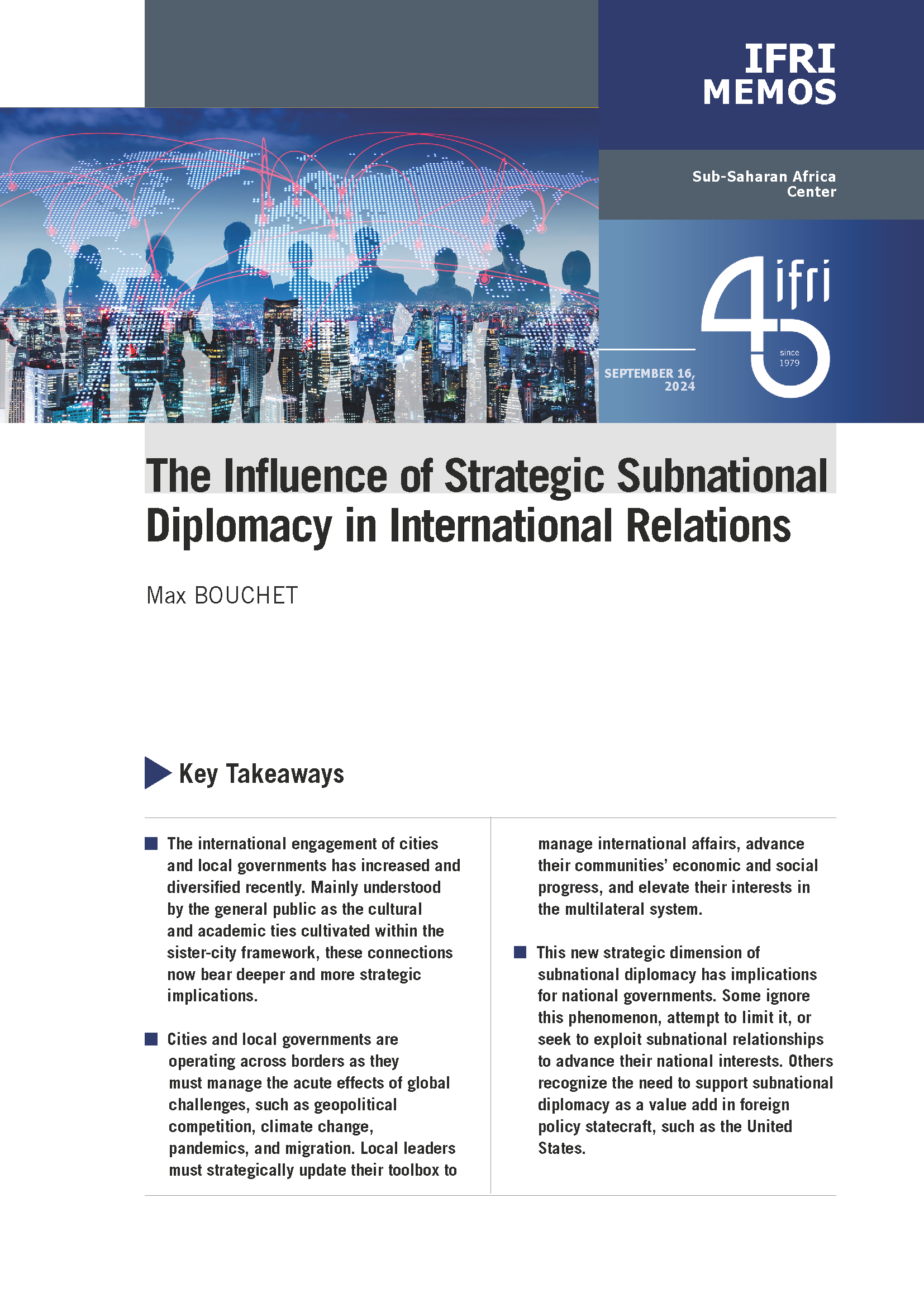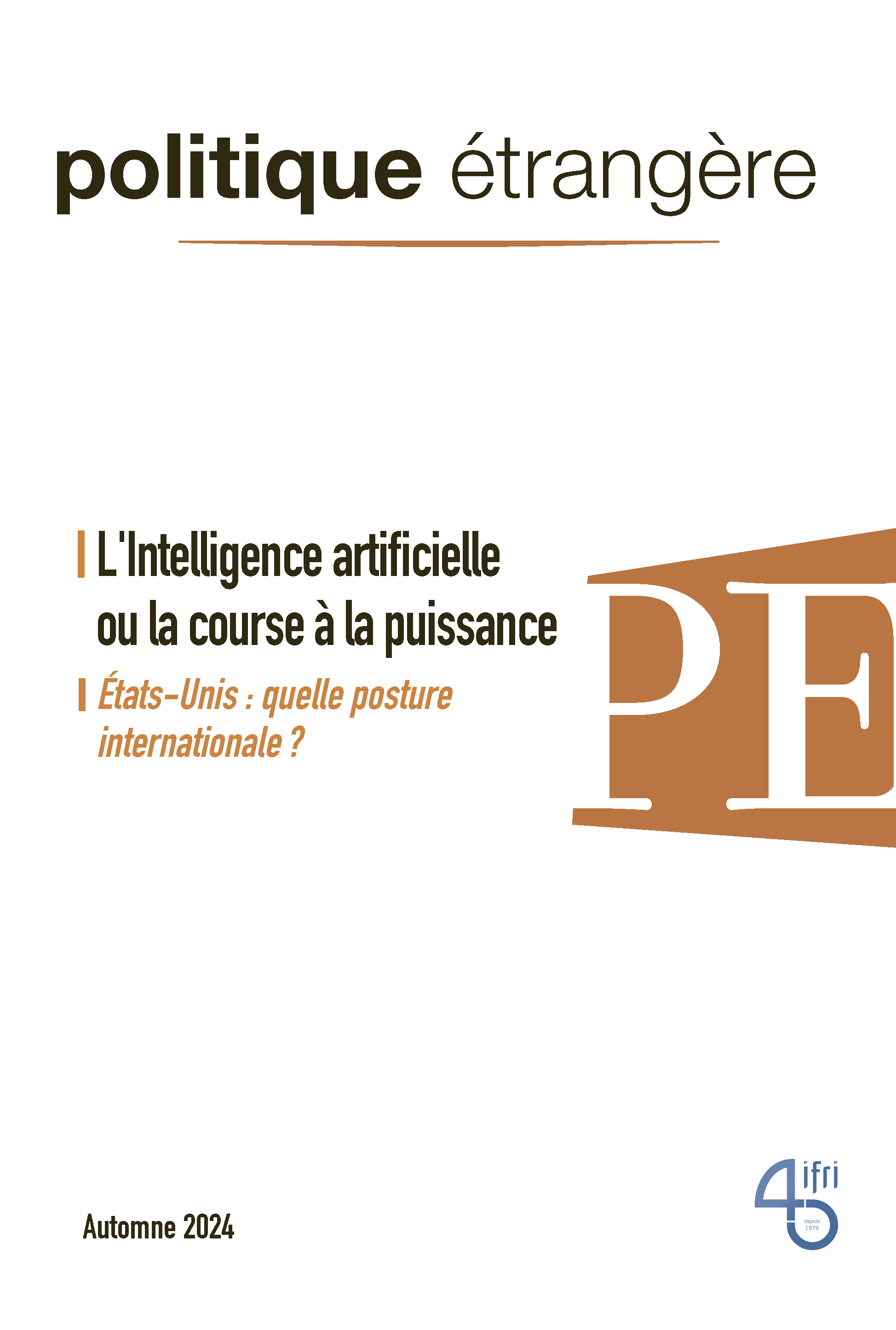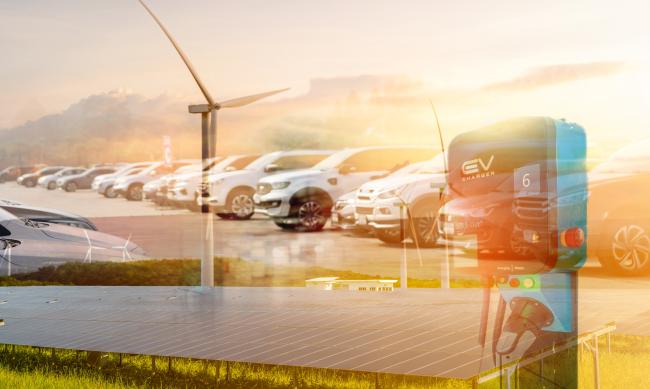US, European and Chinese proposals for Copenhagen : looking behind the numbers

US, European and Chinese proposals for Copenhagen: looking behind the numbers
With Copenhagen a couple of days away, how do the pledges of the three main CO2 emitters - China, US and EU27 - compare?
The US proposal reflects what is currently discussed in the US Congress. The new US energy & climate policy would endorse a cap&trade system that would provide 17% CO2 emissions reduction by 2020 to compare with 2005 level. To compare with Kyoto reference base year, the US proposal translates into 3.4% CO2 emission reduction below the 1990 level (GHG US emissions in 2005 were 16.4% above 1990 level). This is already a difficult fight for President Obama, for whom the issue will be influenced by other top priorities of his administration: the healthcare system, growing unemployment and troop deployment to Afghanistan. It may seem curious that achieving an international agreement depends on reform in the American healthcare system, but that is what democracy is about! The US traditionally does not like to be dictated the terms of its internal policy by international instances and would reject any treaty that goes beyond internal commitments. President Obama will have difficulty gathering a domestic consensus on climate even among the democrat majority. But beyond anyone's expectations, on June 26th 2009, the US House of Representatives passed the American Clean Energy and Security Act of 2009 (also called Waxman Markey bill) by a narrow majority. It is up to the Senate now, where democrats have less support, to decide the future of this bill (called now the Kerry Boxer bill). There is no way that President Obama could commit beyond internal politics and take the risk that the US would refuse to sign any future international agreement - it happened before. But we knew from the start that Copenhagen would come too early to fit the US policy schedule.
The European Union, which has been at the forefront of the international climate negotiations, already adopted an unilateral commitment: a 20% reduction target in 2020 compared to 1990. According the European Commission and with regard to past results, to achieve this target, the EU-27 still has to undergo 14.2% CO2 emission reduction compared to 2005 level. But emissions reductions that occurred so far hides vast differences between the "old" and "new" Europe. The major part of these reductions came from the 10 Central and Eastern European countries (EU-10) that joined the Union in 2004 and 2007 (28% emission reduction) while EU-15 achieved very little reduction of their own emissions. Moreover, emissions drop in EU-10 was due to USSR collapse and not to impact of new climate policies or change in the energy mix toward low emitting sources. This drop was only temporary: emissions are on the rise again in this part of Europe. Similarly, Germany was one of the only western State Member that showed significant emission reduction, there again because of the hot air brought by the 1989 reunification. The US negotiators are therefore right to point out the "hot air" that benefits EU proposal in comparison with 1990 level. It is also true that on the paper, the American and European efforts to pursue from 2005 onward are on the same scale. However, the European Union is already on a downward emissions trajectory, which is not the case yet of the United States. Further abatement there will be more painful to obtain.
In its latest proposal, Beijing announced a willingness to cut the ratio of carbon dioxide produced per unit of GDP (i.e. the carbon intensity of the economy) by 40-45% by 2020 from 2005 levels. In 2020 China would still be emitting 4.5 Gt CO2 above 2005 levels, above what IEA projects in the WEO 450 ppm scenario. Should the US succeed in its objective of 17% emissions reduction, this too would translate into an improvement of 42% of the carbon intensity of the US economy, roughly comparable to what China is proposing. However, carbon intensity of the economy is driven by two main factors[1]: energy intensity (which measures the amount of energy needed to produce one unit of GDP) and the carbon intensity of energy use (i.e. the amount of CO2 emissions produced by one unit of energy ) -this is not a semantic difference! Energy intensity depends on the level of development in the different regions of the country, climate conditions, and available domestic energy sources in addition to underlying factors, such as energy efficiency whereas carbon intensity reflects changes in the energy mix, in particular the amount of low-carbon energy sources. It is particularly important to understand the difference between these two variables because only the modification of the energy mix will induce abatement of absolute levels of CO2 emissions in the long term. From 1990 to 2005, China already improved the carbon intensity of the economy by 40%, and China did that outside any international commitments. This good result was due to improvement in energy intensity, and not to improvement in carbon intensity of energy use: from 1990 to 2005, energy intensity decreased by 47% whereas carbon intensity of energy use increased by 34%. Further improvement in energy intensity is welcome, but over all, it is China's energy mix that needs to change and the Chinese proposal doesn't commit China to such an accomplishment.
This battle of numbers also hides the difficulties in achieving these objectives. Our latest study[1] indicates that it will be difficult for the European Union to reach its 20% emission reduction target without the help from offset mechanisms, even in light of the temporary drop of CO2 emissions due to the global recession. Furthermore, the implementation of a carbon market in Europe proved to be complex and difficult. One can wonder if an American cap&trade system will be able to draw lessons from this experience and provide faster results. With regard to China, the stakes are on a large scale: although it is new for Beijing to set measurable emission control targets, will China be able to undergo major changes in its energy mix and to proceed with the huge investments needed to modify its energy system? Last but not least, Russia, fourth larger emitter is the big absent in all these discussions and holds enormous volumes of "hot air" in reserve.
Notwithstanding this relatively gloomy picture, the situation today is very different from what prevailed before the conference which decided in 1997 the framework of the Kyoto protocol. Today, all actors are serious about climate change and neither China nor the US wants the blame for any failure in Copenhagen. Even if the chances of a binding agreement being reached at the UN Climate Change Summit in Copenhagen are slim, Copenhagen won't be a failure. Copenhagen will represent a step change for discussions in 2010 and beyond, to design the technical and economic framework that will allow global abatement emissions by 2050.
[1] Such as shown in Cécile Kérébel's latest study "Implementing the EU Climate and Energy Package with the economic crisis: How does the crisis change EU's greenhouse gas emission scenarios by 2020?" (to be published soon)

Also available in:
Regions and themes
Share
Related centers and programs
Discover our other research centers and programsFind out more
Discover all our analysesThe Aluminum Value Chain: A Key Component of Europe’s Strategic Autonomy and Carbon Neutrality
The United States of America (US), Canada and the European Union (EU) all now consider aluminum as strategic. This metal is indeed increasingly used, especially for the energy transition, be it for electric vehicles (EVs), electricity grids, wind turbines or solar panels.
The EU Green Deal External Impacts: Views from China, India, South Africa, Türkiye and the United States
Ahead of June 2024 European elections and against the backdrop of growing geopolitical and geoeconomic frictions, if not tensions, between the EU and some of its largest trade partners, not least based on the external impacts of the European Green Deal (EGD), Ifri chose to collect views and analyses from leading experts from China, India, South Africa, Türkiye and the United States of America (US) on how they assess bilateral relations in the field of energy and climate, and what issues and opportunities they envisage going forward.
Electric Vehicles: A Strong and Still Understated Performance
Electric vehicles (EVs) are better for the climate – even in worst-case scenarios. Across its life cycle, a typical European electric car produces less greenhouse gas (GHG) and air pollutants or noise than its petrol or diesel equivalent. Emissions are usually higher in the production phase, but these are more than offset over time by lower emissions in the use phase. According to the European Environment Agency’s report on electric vehicles, life cycle GHG emissions of EVs are about 17-30% lower than those of petrol and diesel cars.
How Can the Green Deal Adapt to a Brutal World?
The European Green Deal has not been planned for the current extraordinarily deteriorated internal and external environment. Russia’s war in Ukraine, higher interest rates, inflation, strained public finances, weakened value chains, and lack of crucial skills pose unprecedented challenges.











